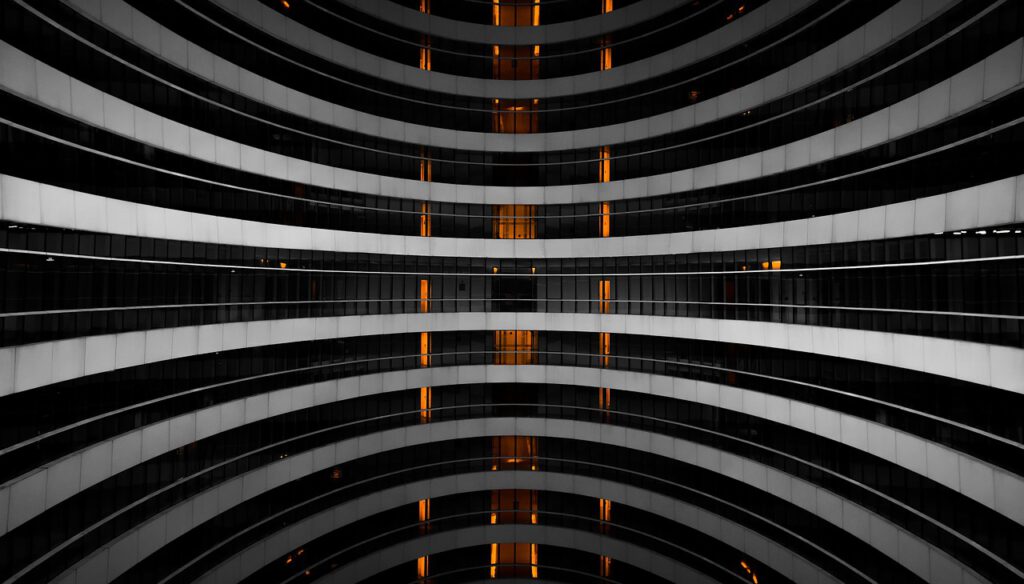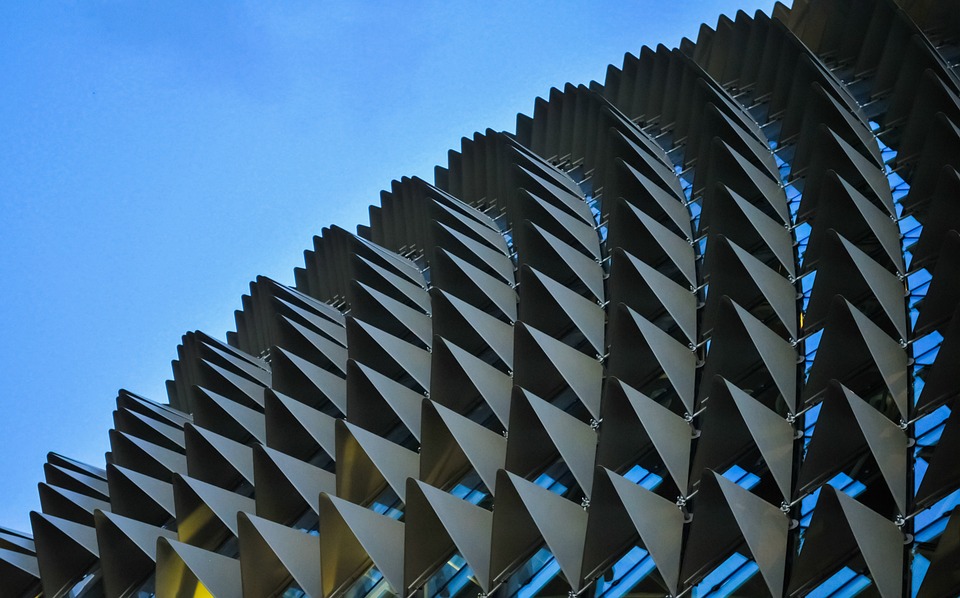
Themes explored in contemporary art are diverse and reflect the complexities of the modern world. Artists address a wide range of subjects, including social and political issues, environmental concerns, gender identity, globalization, technology, and the human condition. Through their works, contemporary artists provoke conversations, challenge preconceived notions, and provide alternative perspectives on contemporary realities. They often use art as a platform for advocacy, activism, and social change.
One notable aspect of contemporary art is the use of technology and digital media. Artists harness digital tools, virtual reality, interactive installations, and internet platforms to create immersive experiences and engage viewers in new and dynamic ways. Digital art opens up possibilities for experimentation, interactivity, and the exploration of virtual realms. It allows artists to question the boundaries of physicality, challenge the notion of authorship, and explore the relationship between the virtual and the real.
Contemporary art also embraces conceptual approaches, focusing on ideas, processes, and the exploration of artistic concepts. Artists often prioritize the concept behind their work over technical skill or traditional craftsmanship. Conceptual art challenges the notion of the art object as a physical artifact, emphasizing the importance of the idea or the artistic intention. This approach encourages viewers to engage with art intellectually, stimulating critical thinking and inviting active participation.
Contemporary art is also characterized by its engagement with the audience and the public sphere. Artists seek to create works that resonate with viewers, provoke emotions, and inspire dialogue. Public art installations, street art, and participatory projects encourage interaction and invite the community to actively engage with art. This shift from art as a passive object to art as a dynamic and interactive experience fosters a sense of ownership and democratizes access to artistic expressions.

In conclusion, contemporary art represents the artistic landscape of our time, encompassing a wide array of mediums, approaches, and themes. It reflects the complexities of contemporary society, addressing social, political, and environmental issues, embracing new technologies, and promoting diversity and inclusivity. Contemporary artists challenge conventions, experiment with different forms of expression, and provoke dialogue, inviting viewers to question, reflect, and engage with the world around them. Through their creativity and innovation, contemporary artists shape our understanding of the present and inspire us to envision new possibilities for the future.
Contemporary art refers to the art produced in the present period or roughly within the last few decades. It is a diverse and dynamic field that encompasses a wide range of artistic styles, techniques, and mediums. Unlike traditional art movements that were often defined by specific styles or ideologies, contemporary art is characterized by its pluralism, openness to experimentation, and the absence of a dominant style or movement.
Key features of contemporary art include:
- Diversity: Contemporary art encompasses a broad range of styles and forms, including painting, sculpture, photography, video art, installation art, performance art, and new media. Artists often draw inspiration from various cultures, traditions, and technologies.
- Conceptual Focus: Many contemporary artists emphasize conceptual ideas and themes over traditional aesthetic considerations. Conceptual art often challenges viewers to think critically about the underlying ideas or concepts behind the work.
- Interdisciplinary Approach: Contemporary artists often engage with multiple disciplines and mediums. They may incorporate elements of technology, science, sociology, and other fields into their artistic practice.
- Global Perspectives: With the ease of communication and the globalized art world, contemporary art reflects a diverse range of cultural influences and perspectives from around the world. Artists explore themes related to identity, globalization, and cultural exchange.
- Social and Political Engagement: Many contemporary artists address social and political issues in their work, using art as a platform for activism, commentary, or critique. This can include themes related to gender, race, inequality, environmental concerns, and more.
- Technology Integration: Contemporary artists often utilize digital technologies, multimedia, and interactive elements in their works. This integration of technology allows for new and innovative ways of artistic expression.
- Fluid Boundaries: Boundaries between different art forms and mediums are often blurred in contemporary art. Artists may combine elements of painting, sculpture, performance, and technology in a single piece.
- Inclusivity: Contemporary art strives to be inclusive and accessible. It welcomes artists from diverse backgrounds, and many artists challenge traditional notions of who can be an artist and what constitutes art.
It’s important to note that contemporary art is continually evolving, reflecting the ever-changing nature of society, technology, and artistic expression. As such, it can be challenging to provide a comprehensive overview due to its inherent diversity and fluidity.
- Street Art and Graffiti: Street art and graffiti have gained recognition as legitimate forms of contemporary art. Artists like Banksy have become internationally known for their public works that often carry social or political messages.
- Installation Art: Installation art involves creating an entire environment or immersive experience for the viewer. Artists often use a combination of materials, space, and sensory elements to evoke specific emotions or responses.
- Performance Art: Performance artists use their bodies as a medium and often engage in live, time-based actions or events. These performances can be planned or spontaneous, blurring the lines between art and life.
- Digital and New Media Art: Artists working with digital technologies create interactive, virtual, or augmented reality experiences. This genre explores the impact of technology on society, identity, and communication.
- Environmental Art: Artists concerned with ecological issues create works that engage with the environment. This can involve site-specific installations, land art, or projects aimed at raising awareness about environmental challenges.
- Postmodernism: Contemporary art is often associated with postmodernism, a movement that challenges traditional notions of art and questions the idea of a singular, universal truth. Postmodern artists may play with irony, parody, and pastiche.
- Relational Aesthetics: Coined by art critic Nicolas Bourriaud, relational aesthetics emphasizes the social context of art. Artists create works that encourage social interactions and communal experiences, challenging the traditional viewer-artwork relationship.
- Bioart: This genre explores the intersection of art and biology, often incorporating living organisms, genetic material, or biotechnology. Bioartists may raise ethical questions about the impact of biotechnology on life and society.
- Contemporary Photography: Photography continues to be a significant medium in contemporary art, with artists exploring new techniques, conceptual approaches, and the impact of digital technology on image-making.
- Postcolonial Art: Artists from regions once colonized often address issues related to identity, cultural heritage, and the legacy of colonialism in their work. This art may provide a platform for marginalized voices and perspectives.
- Art and Activism: Many contemporary artists engage in activism through their work, addressing social justice issues, human rights, and political activism. Art becomes a tool for social change and a means of expressing dissent.
- Hyperrealism and Surrealism: Some contemporary artists continue to explore hyperrealistic or surrealistic styles, pushing the boundaries of perception and challenging traditional representations of reality.

Contemporary art is incredibly diverse, and these trends represent just a snapshot of the wide-ranging practices within the field. Artists often draw inspiration from multiple sources, blending and challenging conventions to create new and innovative forms of expression.
- Identity and Intersectionality: Many contemporary artists explore themes of identity, including race, gender, sexuality, and cultural background. They often use their art to reflect on and challenge societal norms and stereotypes.
- Religious and Spiritual Exploration: Some contemporary artists engage with religious and spiritual themes, exploring the intersection of art and faith. This can include works that address the role of spirituality in a modern, secular world.
- Artificial Intelligence in Art: With advancements in technology, some artists are incorporating artificial intelligence (AI) into their creative processes. AI-generated art, collaborative projects between artists and AI, and explorations of the ethical implications of AI are emerging trends.
- Abstract Expressionism: Though associated with mid-20th century art, abstract expressionism continues to influence contemporary artists. It involves spontaneous and gestural approaches to painting, emphasizing emotion and intuition.
- Global Biennials and Art Fairs: International art events, such as biennials and art fairs, have become essential platforms for contemporary artists to showcase their work on a global scale. These events facilitate cross-cultural dialogues and collaborations.
- Art and Technology Collaboration: Artists often collaborate with scientists, engineers, and technologists to create works that merge art and cutting-edge technology. This interdisciplinary approach leads to innovative and thought-provoking creations.
- DIY and Lowbrow Art: Some contemporary artists reject traditional art institutions and embrace a “do-it-yourself” (DIY) ethos. Lowbrow art, often associated with pop surrealism, challenges the distinction between high and low culture.
- Post-Internet Art: This movement addresses the impact of the internet on contemporary culture. Artists create works that reflect on digital aesthetics, online communities, and the ways in which the internet has transformed communication and identity.
- Cultural Appropriation and Critique: Artists may engage with issues of cultural appropriation, examining the complexities of borrowing from other cultures. Some use their work to critique power dynamics and challenge cultural misappropriation.
- Art and Climate Change: With increasing environmental concerns, many contemporary artists address climate change and its impact on the planet. Installations, sculptures, and performances may serve as a means to raise awareness and provoke discussions about ecological sustainability.
- Art as Experience: Some contemporary artists focus on creating immersive and participatory experiences. Viewers become active participants, and the boundaries between the artwork and the audience become blurred.
- Fashion and Art Collaboration: The intersection of fashion and art has become more prominent, with artists collaborating with fashion designers or using clothing as a medium for artistic expression.